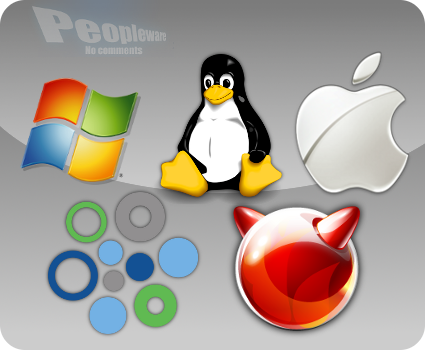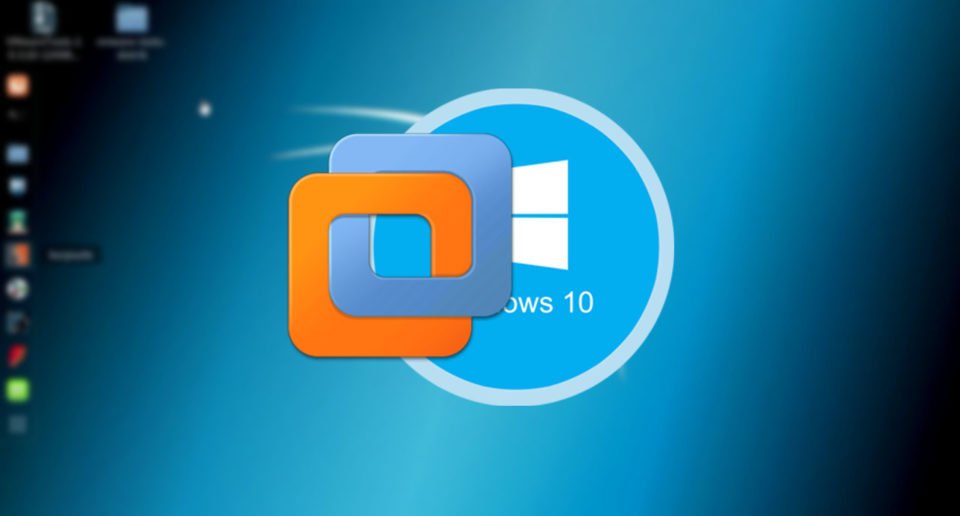Ubuntu Vmware For Mac Os
Jan 15, 2015

In this document, I will guide you how to install Mac OS 10.11 on VMWare. Parallels Desktop vs VMware Fusion – A side-by-side comparison of performance, usability and functionality of the 2 best apps to run Windows on Mac. One-click download of Ubuntu, Fedora, CentOS, Mint and Debian. To add Windows, Linux, or another operating system to your Mac, Parallels Desktop creates a virtual machine (VM) or a. And Mac users can install Windows, Ubuntu, Kali Linux, Zorin OS, using VMware Fusion, VirtualBox, and Parallels desktop. But this post guide is different than the other guides, in the previous post we were using macOS Catalina VMDK files to install on VMware and VirtualBox.
- Can I install Mac OS on my PC through VMware. I'm using Ubuntu 12.04 LTS as a host operating system.
- Launch VMWare Fusion (the instructions here are for version 7). Click on File - New and choose to Install from disc or image. Click on Use another disc or disc image and choose your.iso file with the Ubuntu image. Choose Easy Install, fill in password, and check the box for sharing files with the host operating system.
Buy VMWare Fusion, download, andinstall (write the serial number during installation). To get quicklystarted, you download a trial version for free and later buy it andregister the serial number (easy).
Ubuntu Vmware For Mac Os High Sierra
Go tohttp://www.ubuntu.com/desktop/get-ubuntu/downloadand choose the latest 64-bit Desktop version of Ubuntu.Save the downloaded Ubuntufile at some place you can recognize later.
 Other Linux distributions.We strongly recommend to use a Debian-based GNU/Linux distribution,because Debian has by far the largest collection of prebuiltmathematical software.
Other Linux distributions.We strongly recommend to use a Debian-based GNU/Linux distribution,because Debian has by far the largest collection of prebuiltmathematical software.Among the Debian-based distributions, we recommend Ubuntu, simply becauseswitching keyboard layouts is more reliable or easier in Ubuntu than in, e.g.,Lubuntu, Xubuntu, and Linux Mint (a configured layout might be goneafter a reboot). Switching keyboard layouts are particularlyconvenient when doing programming with an English/American keyboard,with braces and brackets in natural places,and then writing emails using a native keyboard with special characters.
- Launch VMWare Fusion (the instructions here are for version 7).
- Click on File - New and choose to Install from disc or image.
- Click on Use another disc or disc image and choose your
.isofile with the Ubuntu image. - Choose Easy Install, fill in password, and check the box for sharing files with the host operating system.
- Choose Customize Settings and make the following settings (these settings can be changed later, if desired):
- Processors and Memory: Set a minimum of 2 Gb memory, but not more than half of your computer's total memory. The virtual machine can use all processors.
- Hard Disk: Choose how much disk space you want to use inside the virtual machine (20 Gb is considered a minimum).
- Choose where you want to store virtual machine files on the hard disk. The default location is usually fine. The directory with the virtual machine files needs to be frequently backed up so make sure you know where it is.
- Ubuntu will now install itself without further dialog, but it will take some time.
- You may need to define a higher resolution of the display in the Ubuntu machine. Find the System settings icon on the left, go to Display, choose some display (you can try several, click Keep this configuration when you are satisfied).
- You can have multiple keyboards on Ubuntu. Launch System settings, go to Keyboard, click the Text entry hyperlink, add keyboard(s) (Input sources to use), and choose a shortcut, say
Ctrl+spaceorCtrl+backslash, in the Switch to next source using field. Then you can use the shortcut to quickly switch keyboard. - A terminal window is key for programmers. Click on the Ubuntu icon on the top of the left pane, search for
gnome-terminal, right-click its new icon in the left pane and chooseLock to Launchersuch that you always have the terminal easily accessible when you log in. Thegnome-terminalcan have multiple tabs (Ctrl+shift+tto make a new tab).
Installing software on Ubuntu
You now have a full Ubuntu machine, but there is not much softwareon a it. Installation is performed through the Ubuntu Software Center (agraphical application) or through Unix commands, typically
To look up the right package name, run apt-cache search followed bytypical words of that package. The strength of the apt-get wayof installing software is that the package and all packages it depends onare automatically installed through the apt-get install command.This is in a nutshell why Ubuntu (or Debian-based Linux systems)are so user-friendly for installing sophisticated mathematical software.
To install a lot of useful packages for scientific work, go tohttp://goo.gl/RVHixr and click on one of the followingfiles, which will install a collection of software for scientific workusing apt-get:
install_minimal.sh: install a minimal collection (recommended)install_rich.sh: install a rich collection (takes time to run)
Download Mac Os For Vmware
Raw button. The file comes up in the browser window,right-click and choose Save As... to save the file on your computer.The next step is to find the file and run it:
to save the file on your computer.The next step is to find the file and run it:The program will run for quite some time, hopefully without problems.If it stops, set a comment sign # in front of the line where it stoppedand rerun.
File sharing

The Ubuntu machine can see the files on your host system if youdownload VMWare Tools. Go to the Virtual Machine pull-down menu inVMWare Fusion and choose Install VMWare Tools. A tarfile isdownloaded. Click on it and it will open a folder vmware-tools-distrib,normally in your home folder. Move to the new folder andrun sudo perl vmware-install.pl.You can go with the default answers to all the questions.
On a Mac, you must open Virtual Machine - Settings... and chooseSharing to bring up a dialog where you can add the folders you wantto be visible in Ubuntu. Just choose your home folder. Then turn onthe file sharing button (or turn off and on again). Go to Ubuntu andcheck if you can see all your host system's files in /mnt/hgfs/.
If you later detect that /mnt/hgfs/ folder has become empty,VMWare Tools must be reinstalled by runningsudo perl vmware-install.pl as above or
Ubuntu Mac Os Theme
The entire Ubuntu machine is a folder on the host computer,typically with a name likeDocuments/Virtual Machines/Ubuntu 64-bit .Backing up the Ubuntu machine means backing up this folder.However, if you use tools like Time Machine and work in Ubuntu duringbackup, the copy of the state of the Ubuntu machine is likely tobe corrupt. You are therefore strongly recommended to shut down thevirtual machine prior to running Time Machine or simply copying thefolder with the virtual machine to some backup disk.
.Backing up the Ubuntu machine means backing up this folder.However, if you use tools like Time Machine and work in Ubuntu duringbackup, the copy of the state of the Ubuntu machine is likely tobe corrupt. You are therefore strongly recommended to shut down thevirtual machine prior to running Time Machine or simply copying thefolder with the virtual machine to some backup disk.If something happens to your virtual machine, it is usually a straightforwardtask to make a new machine and import data and software automaticallyfrom the previous machine.
Internet Does not Work in Ubuntu.Invoke the VMWare Fusion menu Virtual Machine - Settings - Networkand test Share the Mac's network connection versus Connect directly tothe physical network (Bridged).
